Nutrition
Foods Surprisingly High In Fiber – And 5 That Fall Short
Published
1 year agoon
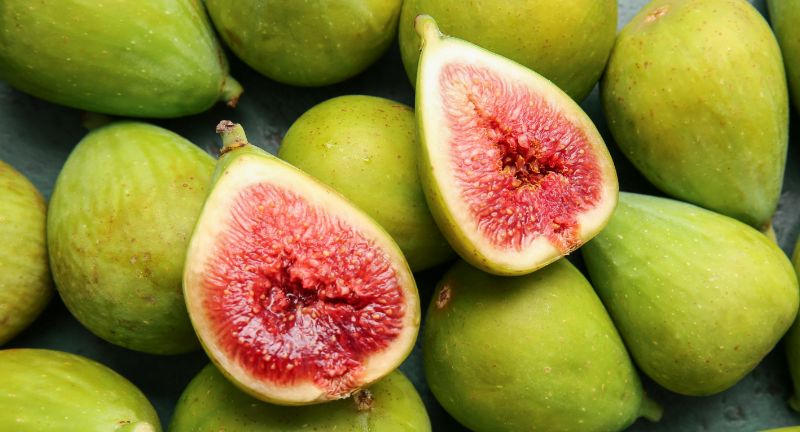
Shutterstock
Fiber is the unsung hero of our daily diet, playing a critical role in not just maintaining digestive health, but also in contributing to our overall well being. Yet, many of us fall short of the recommended daily intake, missing out on fiber’s benefits, including weight management, lowering cholesterol levels, and regulating blood sugar. Not all foods are created equal when it comes to fiber content and selecting the right ones can help us meet our nutritional goals and enhance our health.
Let’s take a look at 16 high fiber foods and 5 with less than you’d think.
High Fiber: Chia Seeds
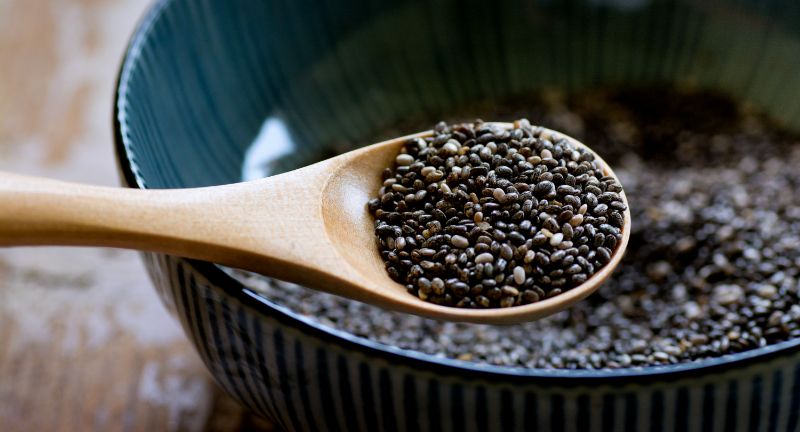
Shutterstock
Chia seeds may be tiny, but they’re mighty in terms of fiber, boasting around 10 grams per ounce. Beyond their fiber content, chia seeds are rich in omega-3 fatty acids, promoting heart health and reducing inflammation. Increase your fiber intake by sprinkling chia seeds on top of yogurt, oatmeal, or blending them into smoothies for a nutrient packed boost.
High Fiber: Raspberries

Shutterstock
With their vibrant hue and delightful flavor, raspberries provide an impressive 8 grams of fiber per cup. In addition to their fiber content, raspberries are loaded with antioxidants like vitamin C, which support immune function and skin health. Incorporating raspberries into breakfast oatmeal, blending them into yogurt parfaits, or enjoying them as a refreshing snack as is are great ways to increase fiber in your diet.
High Fiber: Artichokes

Shutterstock
Popular for their unique taste and texture, artichokes offer a generous 10.3 grams of fiber per cooked cup. Beyond their fiber content, artichokes are packed with vitamins and minerals, including vitamin K and folate, which contribute to overall health and wellbeing. Amp up your fiber intake by adding artichokes into salads, dips, or pasta dishes.
Low Fiber: Applesauce
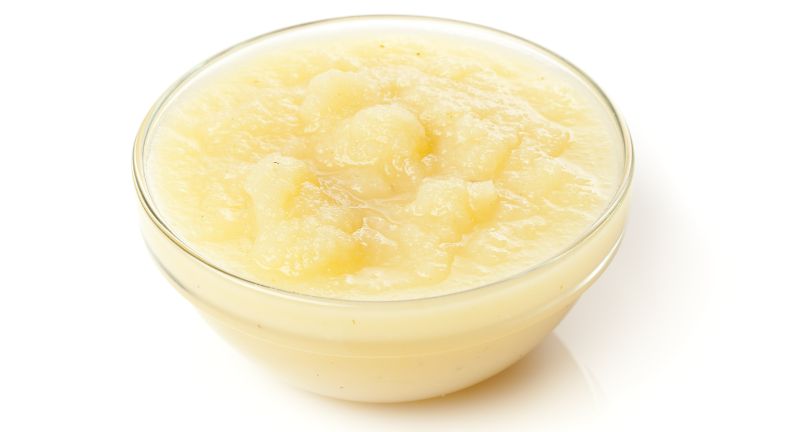
Shutterstock
Often perceived as a healthy snack, applesauce typically contains around 1.5 grams of fiber per half cup serving, which may be lower than expected. The processing involved in making applesauce often removes the skin of the apple, where much of the fiber is found. To increase fiber intake, opt for unsweetened applesauce with the skin left on or consider enjoying whole fresh apples for a higher fiber option.
High Fiber: Lentils
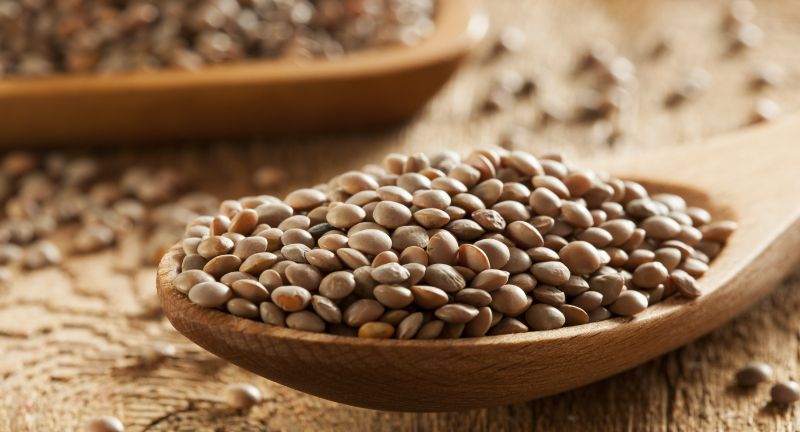
Shutterstock
The humble yet nutritious legume, lentils boast an impressive 15.6 grams of fiber per cooked cup. Besides being fiber-rich, lentils are a great source of plant-based protein, making them an excellent option for vegetarians and vegans. Easy ways to add lentils to your diet include adding cooked lentils to soups, curries, salads, or blending them into hearty dips.
High Fiber: Popcorn
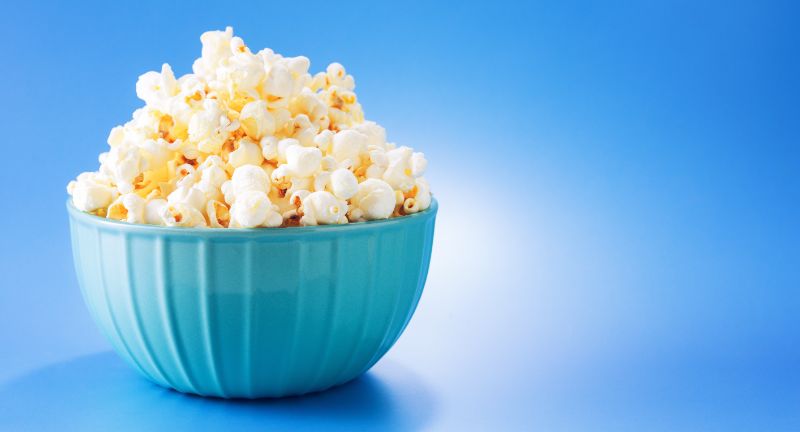
Shutterstock
Popcorn is not just a tasty movie snack, it’s also a fiber powerhouse, offering around 3.6 grams of fiber per 3 cup serving. Beyond its crunchy appeal, popcorn’s high fiber content promotes digestive health and helps regulate cholesterol levels. To incorporate more of this fiber rich treat into your diet, try air-popping it and seasoning with a sprinkle of nutritional yeast for added flavor and nutrients.
Low Fiber: White Rice
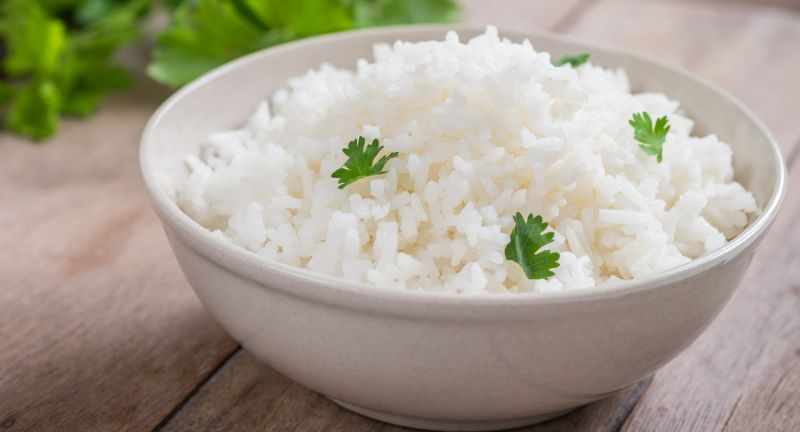
Shutterstock
White rice is a staple in many diets, but only contains about 0.6 grams of fiber per cooked cup, which may be surprisingly low compared to its whole grain counterparts. The refining process removes the bran and germ from the rice, stripping away much of its fiber content. To boost fiber intake while still enjoying rice, consider switching to brown or wild rice varieties, which retain more of their natural fiber.
High Fiber: Split Peas

Shutterstock
Split peas are one of the more underrated sources of fiber, as this nutritional goldmine contains approximately 16.3 grams of fiber per cooked cup. Apart from supporting digestive regularity, eating split peas contributes to a feeling of fullness and can aid in weight management. Blending into creamy dips or crafting flavorful veggie burgers are great ways to add split peas into your diet.
High Fiber: Figs

Shutterstock
Figs are a powerhouse of nutrition, notably for their high fiber content, which aids in promoting healthy digestion and regular bowel movements. This sweet fruit is also packed with essential vitamins and minerals, contributing to heart health and helping to control blood sugar levels. With 5.2 grams of fiber per half-cup serving, adding figs into your diet can be a delightful way to increase your fiber intake, enhance gut health, and enjoy a snack that supports overall wellness.
Low Fiber: Zucchini
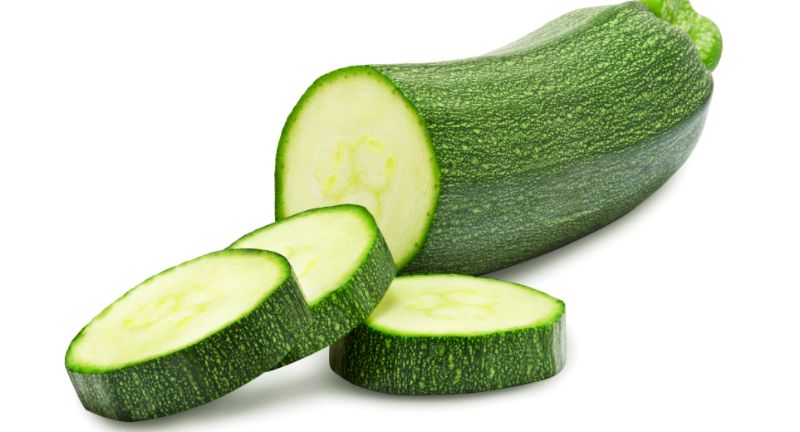
Shutterstock
While nutritious and versatile, zucchini only contains about 1 gram of fiber per medium-sized vegetable, which is surprisingly low compared to other vegetables. Despite its low fiber content, zucchini is still a valuable source of vitamins, minerals, and antioxidants. To boost fiber intake, pair zucchini with fiber rich foods like legumes, whole grains, or leafy greens in dishes like stir-fries, salads, or pasta sauces.
High Fiber: Dates

Shutterstock
Dates are not just nature’s candy, they’re also a fantastic source of dietary fiber that provide approximately 1.6 grams per serving of three dates. Beyond their caramel like flavor, dates are rich in essential minerals like potassium and magnesium, supporting heart health and muscle function. Add more dates to your diet by blending them into creamy smoothies, stuffing them with almond butter for a nutritious snack, or chopping them into homemade energy bars.
High Fiber: Chickpeas
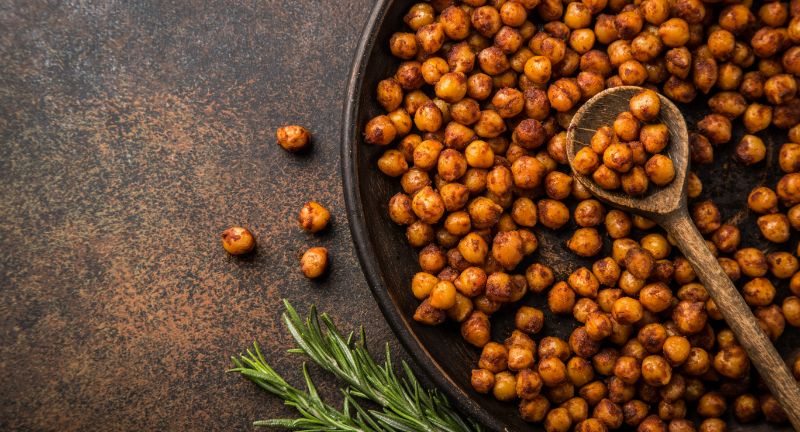
Shutterstock
Also known as garbanzo beans, chickpeas are a fiber powerhouse, offering around 12.5 grams of fiber per cooked cup. Beyond their fiber content, chickpeas are rich in plant-based protein, aiding in muscle repair and growth. Boost your fiber intake easily by adding chickpeas into salads, soups, or roasting them for a crunchy snack.
High Fiber: Apples
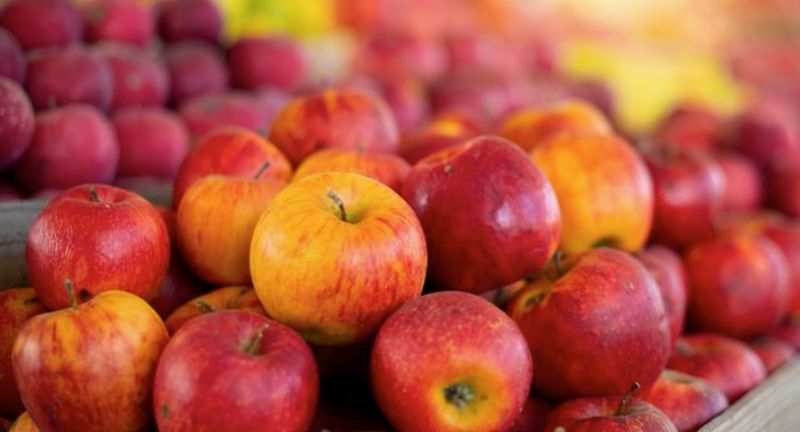
Getty
This beloved fruit offers an impressive 4 grams of fiber per medium sized fruit. The soluble fiber found in apples, such as pectin, helps lower blood cholesterol levels, contributing to heart health and reducing the risk of heart disease. Beyond their fiber content, apples are rich in antioxidants and vitamins, supporting immune function and reducing the risk of chronic diseases.
High Fiber: Pumpkin
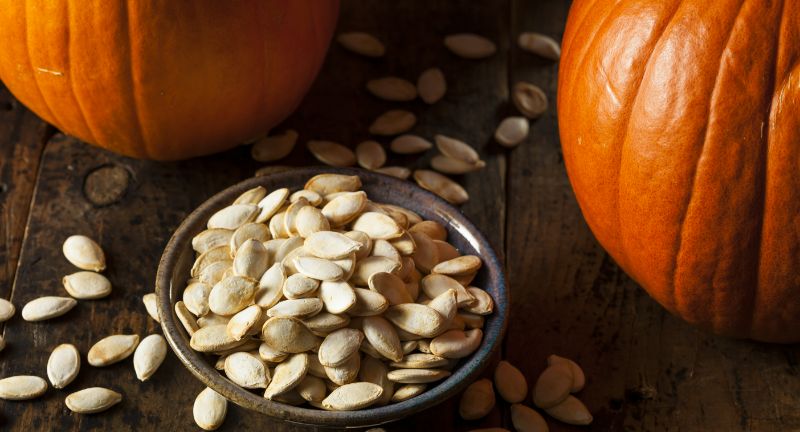
Shutterstock
Pumpkin is not just for pies in the fall, its also good source of fiber, providing approximately 3 grams per cup. In addition to its fiber content, pumpkin is rich in beta-carotene, supporting eye health and immune function. Adding pumpkin puree into oatmeal, soups, or baking it into muffins or bread are tasty ways to elevate your fiber intake.
Low Fiber: White Bread
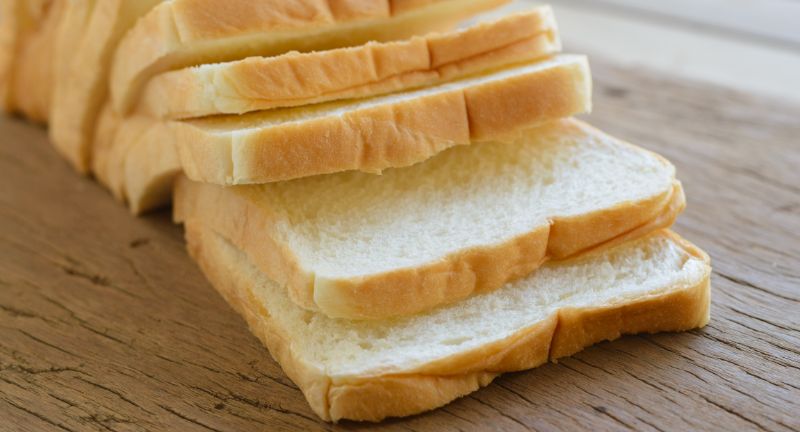
Shutterstock
This household staple contains around 0.8 grams of fiber per slice, which is way less compared to other bread options. The refining process used to produce white bread removes the outer layers of the wheat kernel, stripping away much of its fiber content. To increase fiber intake, opt for whole grain bread varieties that retain the bran and germ, offering significantly higher fiber content and added nutritional benefits.
High Fiber: Sweet Potatoes
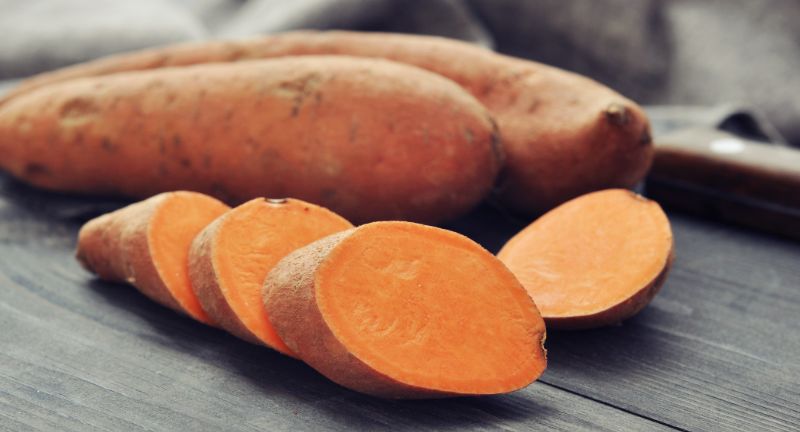
Shutterstock
Sweet potatoes provide about 4 grams of fiber per medium sized potato. Besides their fiber content, sweet potatoes are loaded with vitamins A and C, supporting immune function and skin health. Baking, mashing, or slicing into fries are fun ways to add sweet potatoes to your diet.
High Fiber: Pears
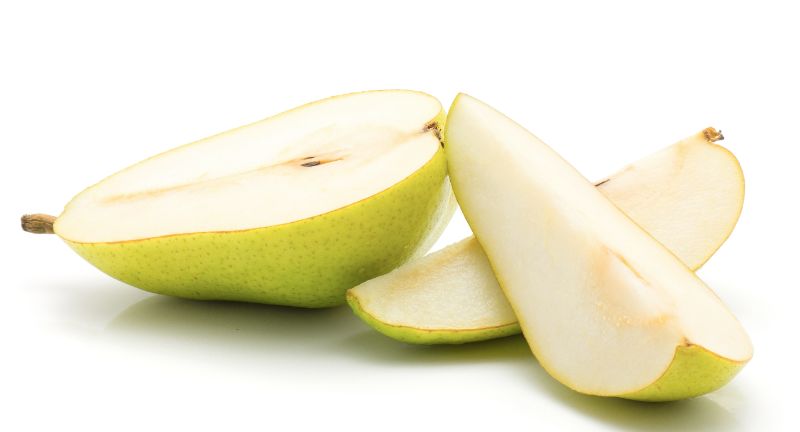
Shutterstock
Pears with the skin intact offer approximately 5.5 grams of fiber per medium sized fruit. In addition to their fiber content, pears are a good source of vitamin C, promoting immune function and collagen production. Pears are a great standalone snack, as well as slicing them into salads.
High Fiber: Almonds
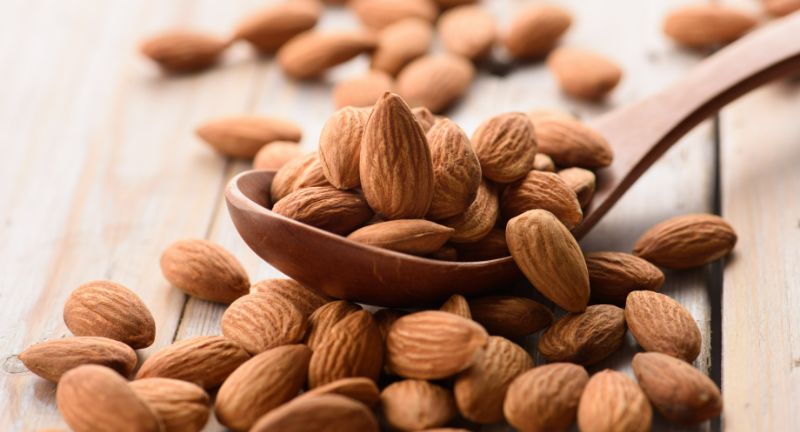
Shutterstock
This crunchy and nutritious snack offer approximately 3.5 grams of fiber per one ounce serving. Beyond their fiber content, almonds are rich in healthy fats, vitamin E, and antioxidants, promoting heart health and reducing oxidative stress. Snacking on almonds and adding them to salads or stir-fries are delicious ways to get your recommended daily fiber.
High Fiber: Avocado
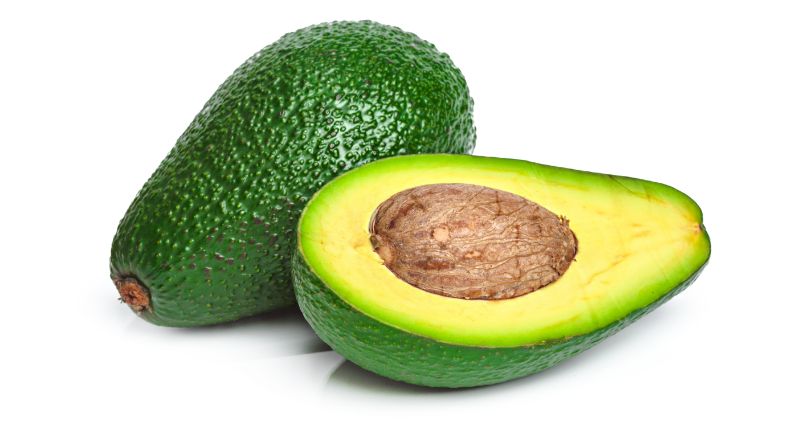
Shutterstock
Beyond their creamy texture and rich taste, avocados are a fiber powerhouse, with a single avocado containing up to 13 grams of fiber. Avocado slices are great additions to salads, as well as spreading mashed avocado on whole grain toast, and blending into smoothies. They are rich in healthy fats, notably monounsaturated fats, which promote heart health and aid in nutrient absorption.
Low Fiber: Bananas
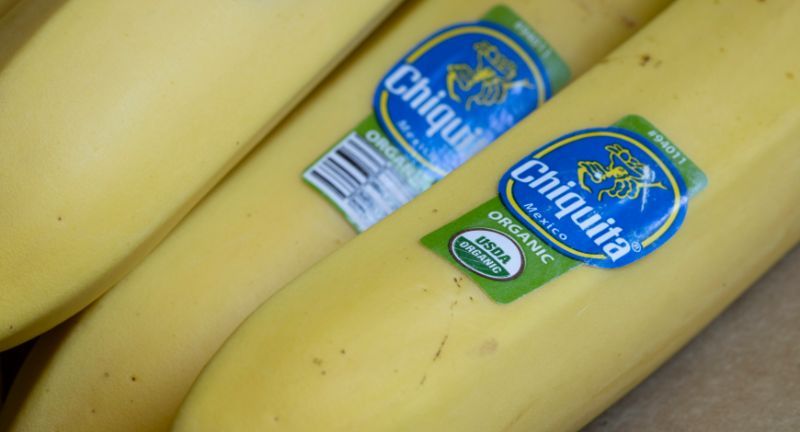
Shutterstock
Bananas are often a popular choice for their convenience and sweet taste, but some may be surprised by its relatively low fiber content. While bananas are a nutritious choice, its lower fiber content of approximately 3 grams per fruit just doesn’t compare to fiber rich fruits like berries or apples. Pairing bananas with fiber-rich foods like oats, nuts, or seeds can help increase fiber.
High Fiber: Raisins
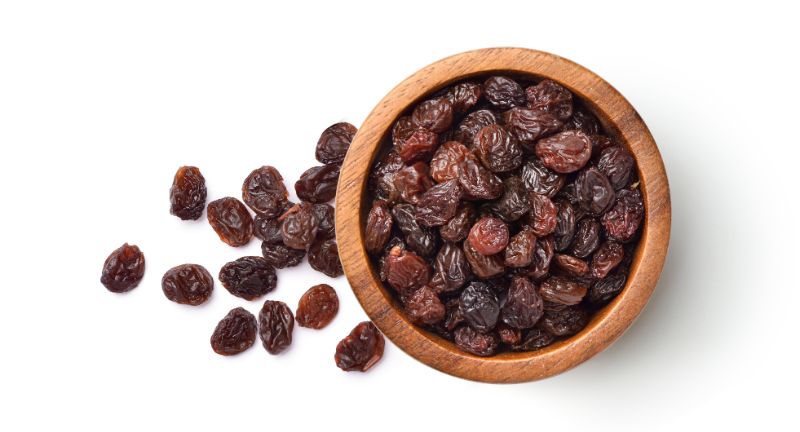
Shutterstock
Raisins may be small, but they pack a punch in terms of fiber, offering about 1.6 grams per small box serving. Beyond their natural sweetness, raisins contain antioxidants and micronutrients that support overall health and may help reduce the risk of chronic diseases. Elevate your daily fiber intake by tossing raisins into salads for a sweet contrast, mixing them into whole grain cereals, or simply enjoying them as a satisfying snack on their own.
Conclusion
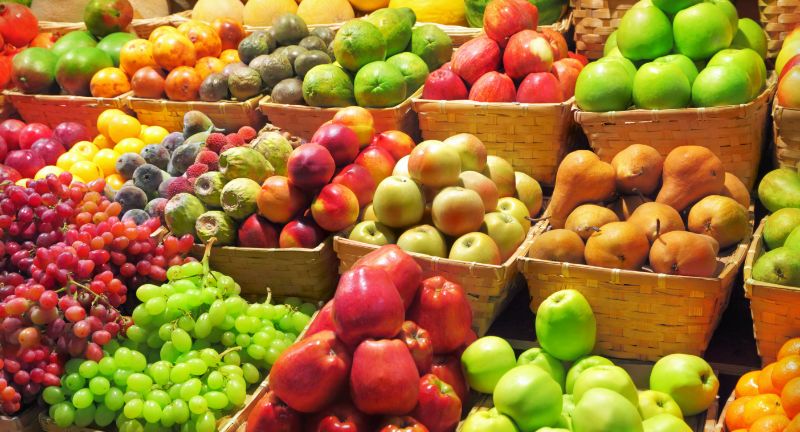
Shutterstock
Understanding the fiber content in our foods is crucial for making informed dietary choices that support our health. By prioritizing high fiber foods, we can bridge the gap between our current eating habits and the optimal intake recommended for maintaining good health. Embracing a diet rich in diverse, fiber filled foods not only nurtures our bodies but also paves the way for a healthier, more vibrant life.
More From Health + Wellness
-


Impress your holiday guests with these nutritious recipes from Food…
-


This Diet Has Been Named The Best for 2023
-


Chick-fil-A’s New Cauliflower Sandwich. The Company to Begin Testing in…
-


I tried Peeps flavored Pepsi so you dont have to.
-


Oreo Aims to Make 2023 Sweeter With Two New Flavors!
-
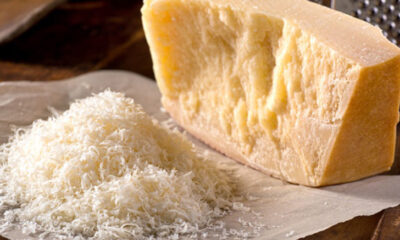

The Best Cheese to Eat for Strong Bones
